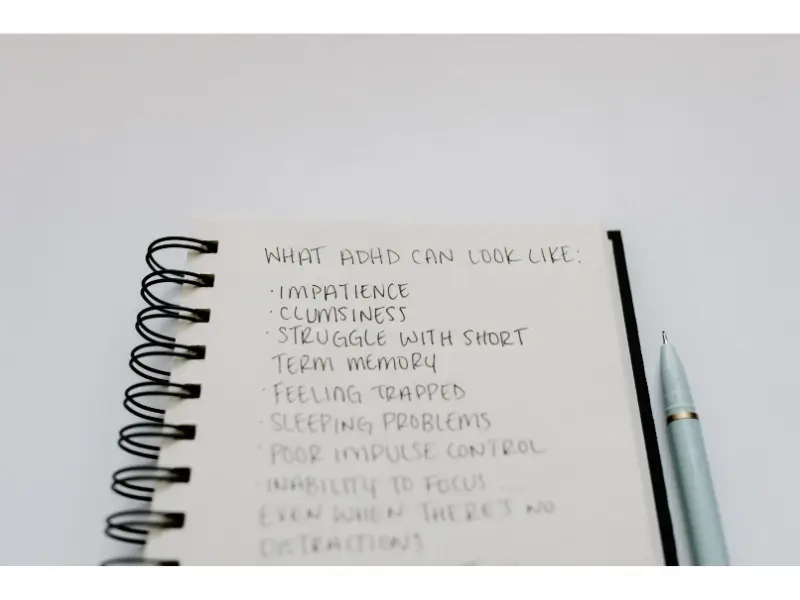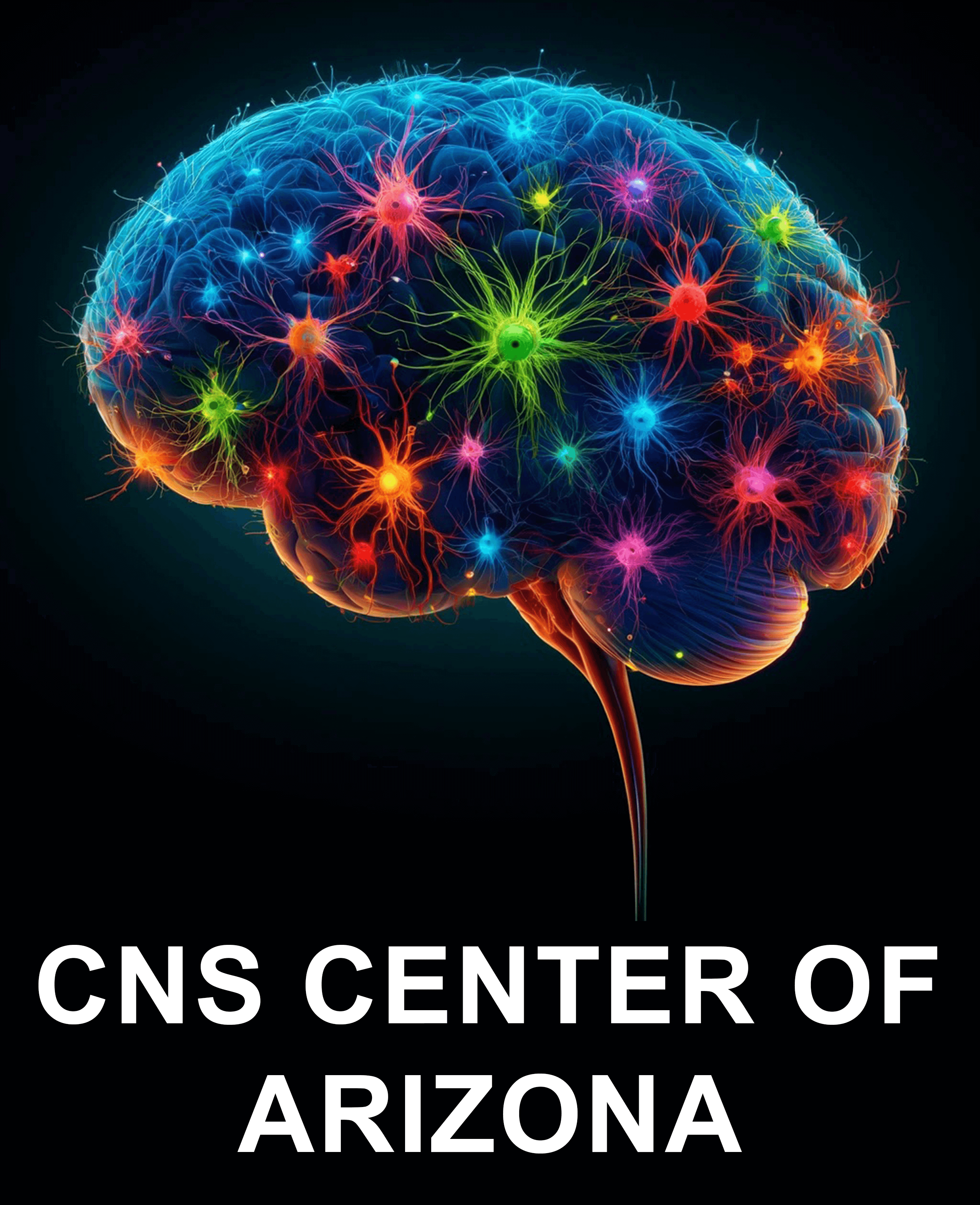
Feeling like you can’t breathe is one of the scariest experiences someone can go through.
11% of adults in the United States experience a panic attack each year, and many report feeling like they can’t breathe during the episode.
When it happens, your chest tightens, your heart races, and it can feel like you’re losing control.
You might wonder if something is wrong with your heart, your lungs, or if you’re in immediate danger.
But often, it’s actually panic at the root of these symptoms.
What It Means When You’re Feeling Like You Can’t Breathe
How Panic Affects Breathing
When you’re feeling like you can’t breathe, it’s usually a physical response to overwhelming anxiety.
Your body switches into “fight or flight” mode, releasing adrenaline that makes you breathe faster and shallower.
This reaction is meant to help you survive danger, but during a panic attack, it can spiral out of control.
As you breathe faster, you might actually feel like you’re suffocating, which makes the fear grow even stronger.
Why It Feels So Real
Even though there may be no real physical threat, your brain interprets these changes as an emergency.
That’s why the sensation of not being able to breathe feels so intense and frightening.
Studies show that during panic attacks, the brain’s fear center, called the amygdala, becomes overactive.
This overactivity makes normal physical sensations seem dangerous, fueling the panic even more.
Why Do I Feel Like I Can’t Breathe During a Stress Attack?
Stress and the Body’s Reaction
A stress attack, sometimes confused with a panic attack, can also make you feel like you can’t breathe.
High stress levels tighten the muscles in your chest and neck, making each breath feel heavier.
At the same time, stress hormones speed up your heart and breathing rates, overwhelming your system.
How Stress Builds Up Over Time
When stress isn’t managed, it builds silently.
It can reach a breaking point where the body reacts as if it’s facing a life-or-death threat.
Many people in Arizona, dealing with fast-paced work, family pressures, or health concerns, find that high levels of stress push them closer to panic without even realizing it.
Recognizing early signs of stress can be key to preventing these overwhelming symptoms.
How ADHD and Panic Attacks Are Connected
Understanding the Overlap

Research shows that individuals with ADHD are more likely to experience anxiety and panic attacks.
ADHD can make it harder for the brain to regulate emotions and handle stress, which sets the stage for panic symptoms.
Struggling with impulsivity or racing thoughts can make anxiety feel even more overwhelming.
Why ADHD Can Make Panic Worse
People with ADHD often face a constant flow of stimulation, making it difficult to find moments of calm.
When that stimulation turns negative, such as during a high-stress situation, it can quickly lead to panic.
A 2017 study from the BMC Psychiatry found that adults with ADHD had higher rates of panic symptoms compared to the general population.
The Physical Sensations of Panic: Why It Feels Like You’re Dying
Chest Tightness and Shortness of Breath
During a panic attack, tightness in the chest often feels like a heart attack.
The muscles around your lungs tighten, and breathing becomes rapid and shallow.
This can create a vicious cycle, with the more you focus on your breathing, the harder it feels to get a full breath.
Other Scary Symptoms
Along with breathing problems, panic can cause dizziness, sweating, shaking, nausea, and even a feeling of detachment from reality.
All of these symptoms can be deeply unsettling.
However, they are not signs that something is permanently wrong.
They are your body’s way of trying to protect you, even though it feels like the exact opposite.
How To Reduce Panic Attacks Effectively
Calming the Nervous System
Learning how to calm your nervous system is important to reducing panic attacks.
Techniques such as deep breathing, grounding exercises, and progressive muscle relaxation have been shown to lower anxiety levels.
Breathing deeply into your belly instead of your chest can help slow down your heart rate and send signals of safety to your brain.
Using Medication Thoughtfully
For some people, medications like SSRIs (Selective Serotonin Reuptake Inhibitors) can help regulate anxiety.
These medications work by balancing brain chemicals linked to mood and stress.
Here at CNS Center Arizona, we take a careful, personalized approach to medications, combining them with therapy and other strategies based on what each patient needs.
What Triggers a Stress Attack and How To Respond
Common Triggers in Daily Life

Many factors can set off a panic attack or a stress attack.
These can include major life changes, financial worries, health concerns, or even caffeine intake.
Recognizing your personal triggers is the first step to taking back control.
Quick Ways To Manage Triggers
When you feel a stress attack coming on, grounding yourself in the present moment can help.
Techniques like naming five things you can see, four you can touch, three you can hear, two you can smell, and one you can taste can pull your mind away from fear.
Therapy can help you build these skills and make them second nature over time.
How Breathing Exercises Help When Feeling Like You Can’t Breathe
Techniques That Work
Breathing exercises are a simple but powerful way to help when you’re feeling like you can’t breathe.
One method is the 4-7-8 breathing technique: breathe in for 4 counts, hold for 7 counts, and breathe out for 8 counts.
This technique can activate the body’s natural relaxation response.
Why It’s Worth Practicing Daily
Practicing breathing exercises daily trains your body to respond more calmly under pressure.
Over time, your body can learn to trust that it’s safe, even when panic symptoms begin to rise.
Building this habit can make a huge difference in your long-term recovery.
Why It’s Hard To “Think Your Way Out” of Panic
Panic Hijacks Rational Thought

When you’re in a full panic attack, the logical part of your brain, the prefrontal cortex, gets overridden by the emotional centers.
That’s why you can’t just “think your way out” of it.
Your brain is wired to prioritize survival over reason during a panic episode.
Building New Brain Pathways
Therapy, particularly CBT (Cognitive Behavior Therapy), helps you build stronger connections between rational thought and emotional reactions.
Over time, this rewiring helps you respond more calmly when anxiety strikes. Research supports that therapy can physically change the brain’s wiring for the better.
How To Support Someone Struggling With Feeling Like They Can’t Breathe
Be Calm and Reassuring
If someone you love is feeling like they can’t breathe, staying calm yourself can help lower their fear.
Speak slowly and remind them that they are safe and that the symptoms will pass.
Avoid telling them to “just relax,” which can sometimes make panic worse.
Help Them Focus on Their Breath
Gently guide them through a slow breathing exercise.
Encourage them to breathe in through their nose for a count of four, hold for a few seconds, and then breathe out slowly.
Knowing how to support someone during a panic attack can make a positive difference in their recovery.
Manage Panic Attacks Better With CNS Center Arizona
Feeling like you can’t breathe can be terrifying, but understanding why it happens gives you the power to respond differently.
Panic attacks, stress attacks, ADHD-related panic, and overwhelming anxiety all have real physical effects, but they are treatable.
If you or someone you love is struggling with these feelings, know that real and timely professional support is available.
We take time to understand the full picture at CNS Center Arizona.
The panic, the stress, the background factors, and how it all fits together.
With personalized panic treatment and real human support, you don’t have to manage this alone.
Contact CNS Center Arizona today to learn more about how we can help you breathe steadily again – and a better quality of life.




